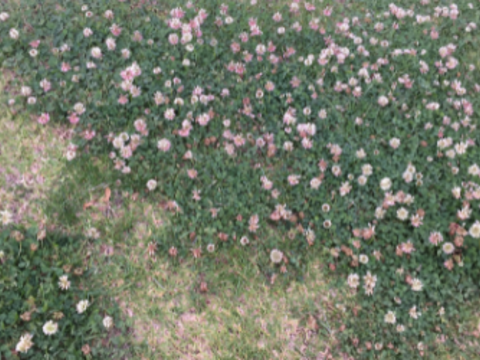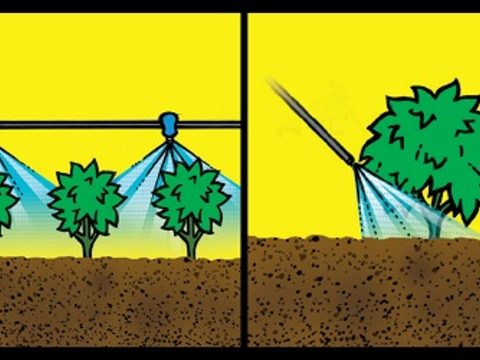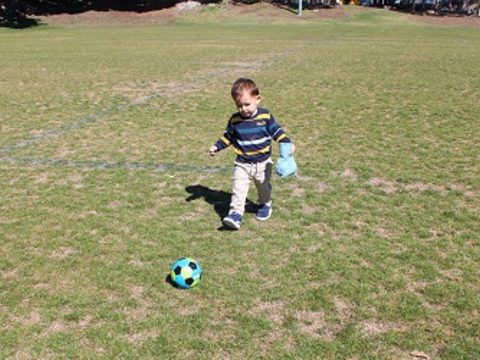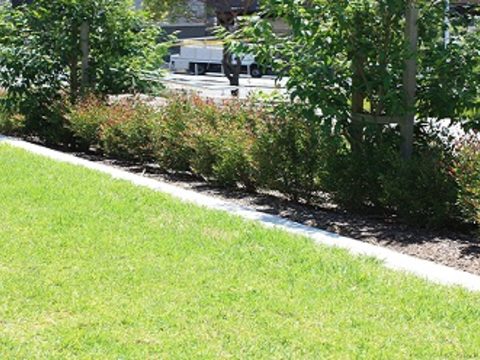Increasing turfgrass durability on sports fields

Figure 1: City of Kingston's Gerry Green Reserve - Parkdale gift athletics carnival
Turf managers know that once weeds and pests infest your sportsfields, it takes a large amount of output to fix the problems they cause. Beetle scarab larvae, Billbug larave, Armyworm and tough weeds like Crowsfoot, Poa annua, Parramatta grass are difficult to eradicate once they start destroying your turf and competing against it. Getting rid of them can be a labour-intensive process that impacts the budget, if you add up multiple applications of post-control sprays, PPE requirements and hazard reduction measures. The cost of doing nothing and risking the durability of valuable fields, though, is worse. Scarab larvae decimate root systems in just a short space of time, while weeds aggressively compete with plants for nutrients and space while reducing pliability and cause trip hazards for players.
On top of these agronomic problems, Luke Armstrong from City of Kingston Council in Victoria, also came up against a number of other factors: high expectations from the community, increased usage of the playing fields, as well as more scrutiny of his management methods, especially with spraying products onto fields.
“The expectation on turf quality has increased, whereas you can see from some of the pictures this, in many cases, is the minimum facility users and the community expect, while at the same time usage has increased as much as threefold. There is also increased pressure or an expectation to achieve more with less.”
- Luke Armstrong
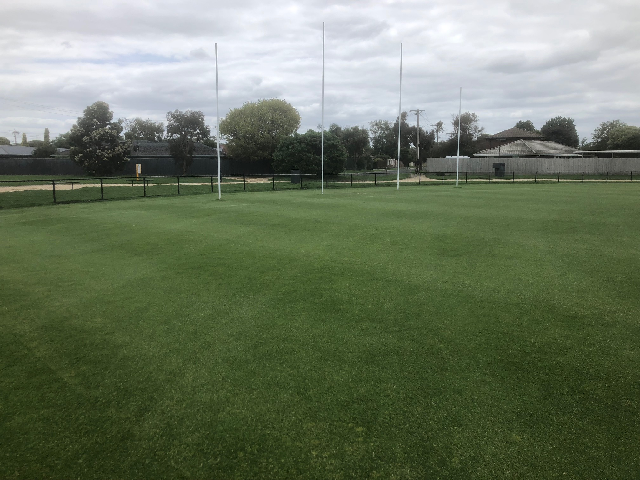
Figure 2: City of Kingston's Beazley Reserve
The Challenges of Open Space Management Today
The reality of Open Space Maintenance is that spraying is becoming more and more challenging to accomplish. It is far harder these days to be seen applying chemicals in the community. And there are less opportunities to spray due to higher usage of sportsfields, the changing weather patterns, the fact that there is more scrutiny of what is being sprayed onto fields and why, the requirements around notification to spray, and the management of re-entry periods making multiple applications very difficult to apply in a timely manner.
Everyone expects their kids to be playing on MCG quality turf. Meeting these high community expectations of turf quality with the limited resources available to turf managers can be a true challenge. Add to that the usage of playing fields has gone through the roof. Especially with junior sports and women’s participation on the increase – which is great for the community – but new oval development is not keeping up with this increased demand. Adding extra pressures on the current turf facilities.
On top of that we have high density living; the parks and sportsfields have become the community’s backyard when their own homes no longer have space. Schools as well, no longer have room for their own ovals, so they use the local government’s facilities instead.
Against all these community-based challenges, City of Kingston were up against the fact that there were turf damaging grubs in some of their playing fields that required management in order to maintain playing surfaces that could withstand their increased activity.
“City of Kingston is always striving for continuous improvement in their open space management with a strong emphasis on community safety and environmental sustainability.”
- Luke Armstrong

Figure 3: Training pitch at City of Kingston's Bonbeach Reserve Main Oval
Finding a solution
City of Kingston were made aware of a product called ACEPERYN® Turf Insecticide that controls beetle larvae and grubs. An attractive solution for the council due to its smart chemistry – non-target insects and organisms remained unharmed, the impact to the environment is low, plus it has a low active ingredient load of an unscheduled product. No PPE was required when applying and most importantly no re-entry period to manage post application.
The council used ACELEPRYN® as part of a preventative program due to the broad-spectrum range of turf damaging insects that it controls. One application was all that was required. And the fact that ACELEPRYN® is compatible with other products, meant that the council could do multiple jobs with the one application.
“ACELEPRYN has not only created efficiencies and productivity within my maintenance program most importantly it allows me to promote and align to Kingston placing a high priority on community safety with safe, sustainable environmental practices encouraged so having products like these in our arsenal is a win for the community, the environment, council staff and most importantly the facility and asset users.”
- Luke Armstrong
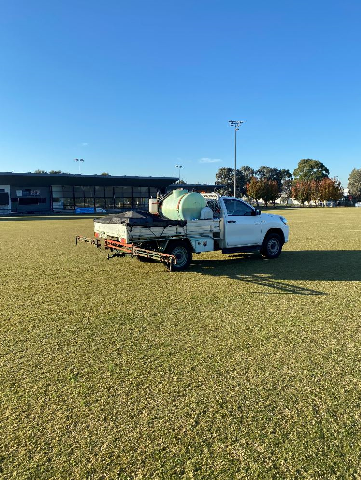
Figure 4: A pre-emergent BARRICADE® Herbicide application on the main pitch at City of Kington’s Kingston Heath Reserve
Achieving results efficiently
The maths is simple to achieve effect results; apply one treatment that controls infestations before they begin, rather than multiple post-emergent applications. A preventative strategy that controls pests and weeds early not only keeps your sportsfield in top condition, but saves you time and money in the long-run.
This approach is successfully achieved with two products that set the standard for long-lasting control: BARRICADE® Herbicide and ACELEPRYN® Turf Insecticide. By applying these preventative controls as a one-pass tank mix early in spring, you can create real efficiencies in your pest and weed management strategy – plus ensure your fields stay in top nick for the busy summer season.
Apply once for season long pest control with ACELEPRYN®
Known for its excellent residual performance, ACELEPRYN® Turf Insecticide delivers up to 6 months’ protection against a wide range of insect pests, including scarab larvae such as African Black Beetle and Argentinian Scarab plus control of Billbug larave, Cutworm, Sod Webworm and Armyworm.
Apply it early – at the first appearance of overwintering adult pests – rather than waiting for infestations to hit peak levels when damage is observed, and then relying on curative pest control solutions requiring multiple applications to last the season.
To create further flexibility, ACELEPRYN® is now available in a granule formulation which delivers the same long-lasting performance, but with the convenience of a no-spray option. ACELEPRYN GR® is ideal for areas that are dominated by obstacles, hard to access, or where spray equipment creates perception issues with the general public. It is also exempt from poison scheduling, which reduces the need for PPE for operators and re-entry periods for the public.
Economic season long control of weeds with BARRICADE®
Preventative weed control is important, as once they are established they are difficult to remove. This can lead to repeat application of post emergent control options to reduce weed population and gain ongoing control.
A better approach is to apply BARRICADE®: a pre-emergent that delivers season long control of difficult to control grassy weeds such as African Lovegrass, Parramatta Grass, Summer Grass, Crab Grass, Crowsfoot Grass and Poa annua. When applied to sportsfields BARRICADE® creates savings by reducing your need to re-apply products to ensure weeds do not compete against your turf, thereby reducing the turf’s strength and resilience to usage.
A simple preventative strategy, using proven products that deliver season-long protection, is ultimately the best use of your resources. You can avoid the cost and time commitment of repeated post emergent and curative treatments, while creating stronger and more efficient turf surfaces that can handle increased usage. Good maths indeed!
A one-pass tank mix of ACELEPRYN® Insecticide and BARRICADE® Herbicide allowed the City of Kingston to achieve season-long control of grubs and weeds in their playing fields. Providing an opportunity for an easier implementation of a preventative, proactive program that could be fully budgeted for well in advance.
ED 21-251

